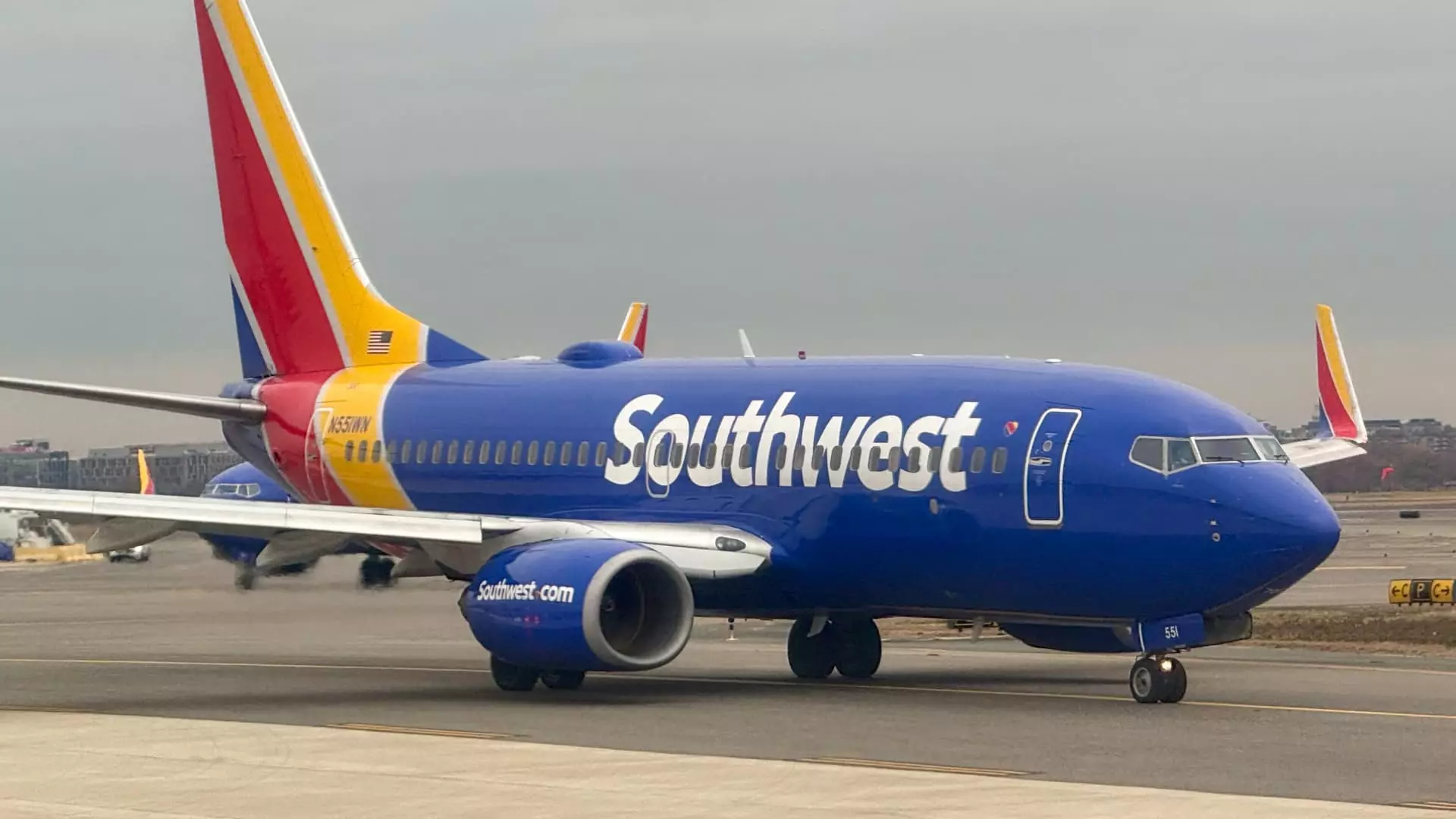In recent decisions, Southwest Airlines has opted to pause corporate hiring, suspend several summer internships, and scale back on long-standing employee engagement activities, all aimed at controlling costs and enhancing profit margins. This strategic pivot comes from a communication by CEO Bob Jordan, who emphasized the necessity for fiscal prudence, stating, “Every single dollar matters as we continue to fight to return to excellent financial performance.” This decisive approach reflects the airline’s ongoing struggle to regain profitability and compete effectively in a challenging market landscape.
One of the notable changes is the suspension of team-building events, particularly the cherished employee “rallies.” These gatherings, a tradition since 1985, served as a platform for leadership to outline company goals while also providing a social touchpoint for employees through food and entertainment. The decision to halt these events is indicative of deeper adjustments within the company culture, hinting at a shift away from previously established norms to a more austere operational ethos. A spokesperson indicated that hiring evaluations will continue as needed, reinforcing the message that the company is in a state of reassessment regarding its workforce needs.
Southwest’s financial strategy comes in the wake of increased scrutiny from activist investors. The airline faced significant pressure from Elliott Investment Management, particularly regarding leadership strategies and governance. Their influence culminated in a settlement that saw them obtaining five seats on the Southwest board, while Bob Jordan’s position as CEO was retained. This context of external pressure underscores the critical need for the airline to demonstrate effective governance and responsiveness to investor expectations, particularly as it aims to restore its competitive edge.
The airline’s roadmap for improved profitability involves significant changes, including the abandonment of its long-held open seating arrangement. This operational overhaul is set to introduce assigned seating, enhance customer experience through a premium section with more legroom, and leverage overnight flights to maximize operational efficiency. By prioritizing the elimination of unprofitable routes, Southwest aims to streamline its offerings to better align with prevailing market demands. Such shifts are integral to the airline’s goal of regaining industry-leading profit margins, which have been elusive in recent years.
As the airline heads toward the release of its fourth-quarter results on January 30, there is a palpable tension within the market regarding its financial health. With shares reflecting a modest growth of 14% over the past year, Southwest’s trajectory seems stagnant when compared to competitors such as United Airlines, which has experienced a staggering 160% increase in share value. This competitive disparity necessitates a thorough appraisal of Southwest’s strategies and market positioning as it continues to navigate its recovery phase.
While Southwest Airlines implements essential cost-management tactics and navigates corporate restructuring influenced by external pressures, its long-term success will hinge on the execution of strategic changes and the ability to foster a resilient company culture amidst evolving industry dynamics.


Leave a Reply